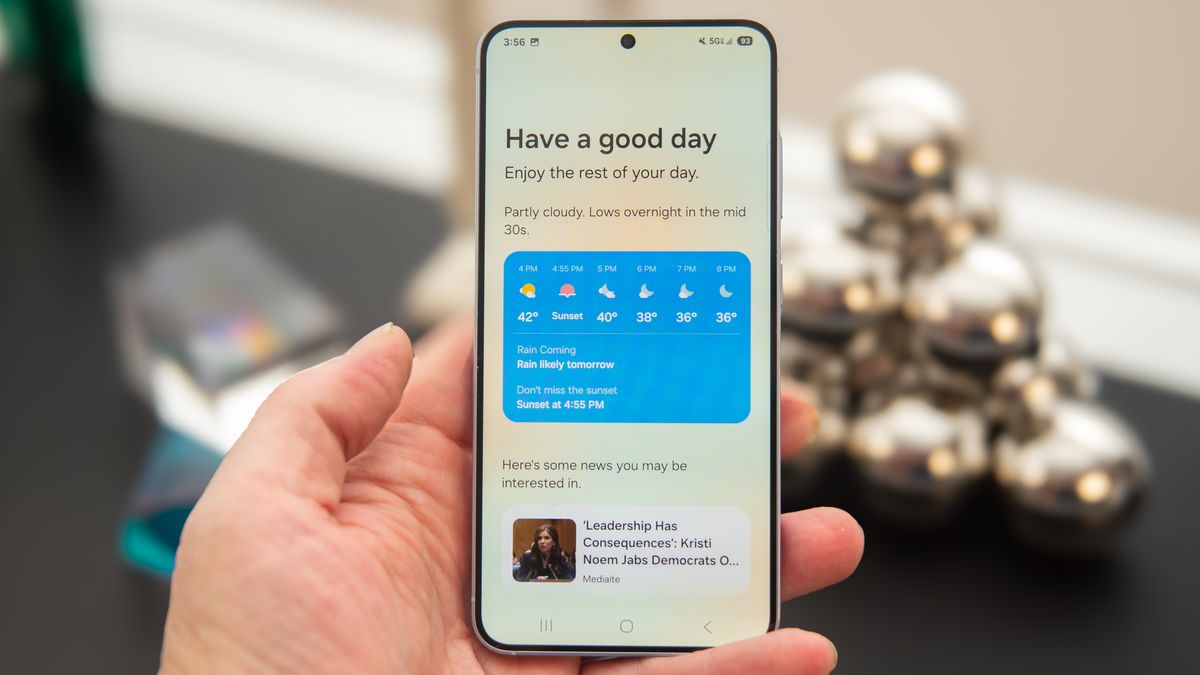Traumatic brain injuries have left more than five million Americans permanently disabled. They have trouble focusing on even simple tasks and often have to quit jobs or drop out of school.
A study published on Monday has offered them a glimpse of hope. Five people with moderate to severe brain injuries had electrodes implanted in their heads. As the electrodes stimulated their brains, their performance on cognitive tests improved.
If the results hold up in larger clinical trials, the implants could become the first effective therapy for chronic brain injuries, the researchers said.
“This is the first evidence that you can move the dial for this problem,” said Dr. Nicholas Schiff, a neurologist at Weill Cornell Medicine in New York who led the study.
Gina Arata, one of the volunteers who received the implant, was 22 when a car crash left her with fatigue, memory problems and uncontrollable emotions. She abandoned her plans for law school and lived with her parents in Modesto, Calif., unable to keep down a job.
In 2018, 18 years after the crash, Ms. Arata received the implant. Her life has changed profoundly, she said. “I can be a normal human being and have a conversation,” she said. “It’s kind of amazing how I’ve seen myself improve.”
Dr. Schiff and his colleagues designed the trial based on years of research on the structure of the brain. Those studies suggested that our ability to focus on tasks depends on a network of brain regions that are linked to each other by long branches of neurons. The regions send signals to each other, creating a feedback loop that keeps the whole network active.
Sudden jostling of the brain — in a car crash or a fall, for example — can break some of the long-distance connections in the network and lead people to fall into a coma, Dr. Schiff and his colleagues have hypothesized. During recovery, the network may be able to power itself back up. But if the brain is severely damaged, it may not fully rebound.
Dr. Schiff and his colleagues pinpointed a structure deep inside the brain as a crucial hub in the network. Known as the central lateral nucleus, it is a thin sheet of neurons about the size and shape of an almond shell.
The human brain has two such structures, one in each hemisphere. They seem to help the brain quiet itself at night for sleep and rev up the brain in the morning. Stimulating the neurons in these regions can wake up a sleeping rat, Dr. Schiff’s research has shown.
These studies raised the possibility that stimulating the central lateral nuclei might help people with traumatic brain injuries regain their focus and attention.
Surgeons regularly implant electrodes in patients with Parkinson’s disease. The tiny electric pulses, released by the implants hundreds of times each second, direct neighboring neurons to fire their own signals, restoring some of the brain’s functions.
In 2018, Dr. Schiff and his colleagues began recruiting volunteers, like Ms. Arata, who suffered from chronic problems for years after their accidents. Before inserting the electrodes, the researchers gave the volunteers a battery of tests to judge their ability to focus and switch tasks. In one exam, for example, the volunteers each received a sheet of paper covered in letters and numbers and had to draw a line that connected them in order as quickly as possible.
Before the surgery, the researchers scanned each volunteer’s brain to make a precise map. Dr. Jaime Henderson, a neurosurgeon at Stanford University, guided the electrode through the brain, to the central lateral nucleus.
Dr. Henderson implanted the electrodes in six volunteers, but one of them had to drop out of the study after developing a scalp infection. Beginning a month after the surgery, the remaining five volunteers took follow-up tests. In the exam with letters and numbers, their scores jumped anywhere from 15 to 52 percent.
To get a broader understanding of the volunteers’ experiences, Dr. Joseph Fins, a medical ethicist at Weill Cornell Medicine, conducted a series of interviews with them and their family members. Most of the volunteers, like Ms. Arata, said that the implant made them more like their former selves.
The volunteer who saw the biggest improvement on cognitive tests, by contrast, had a lukewarm reaction. “I don’t think it hurt,” he said. “I just don’t know if it helped much.”
And yet that patient’s son observed significant changes, especially in his father’s self-awareness. “It’s night and day,” the son said.
Dr. Steven Laureys, a neurologist at the University of Liège in Belgium who was not involved in the study, said that the results supported the theory that attention and other forms of thinking depend on the brainwide network. “There’s enough reason to believe that it’s worth pursuing,” he said of the research.
Dr. Schiff and his colleagues are planning a much larger study of the brain implants. “We have to see how the data shakes out,” he said.
The central lateral nuclei are not the only regions that show promise as hubs in the brain network, said Dr. Alex Green, a neurosurgeon at the University of Oxford who was not involved in the study.
“We don’t really know the best place to stimulate yet,” Dr. Green said. He and his colleagues are preparing a brain injury trial of their own to try electrodes in a region called the pedunculopontine nucleus.
Dr. Laureys recognized that implant surgeries would be expensive but argued that society should recognize the millions of people who suffer from traumatic brain injuries. “This is a silent epidemic,” he said.





